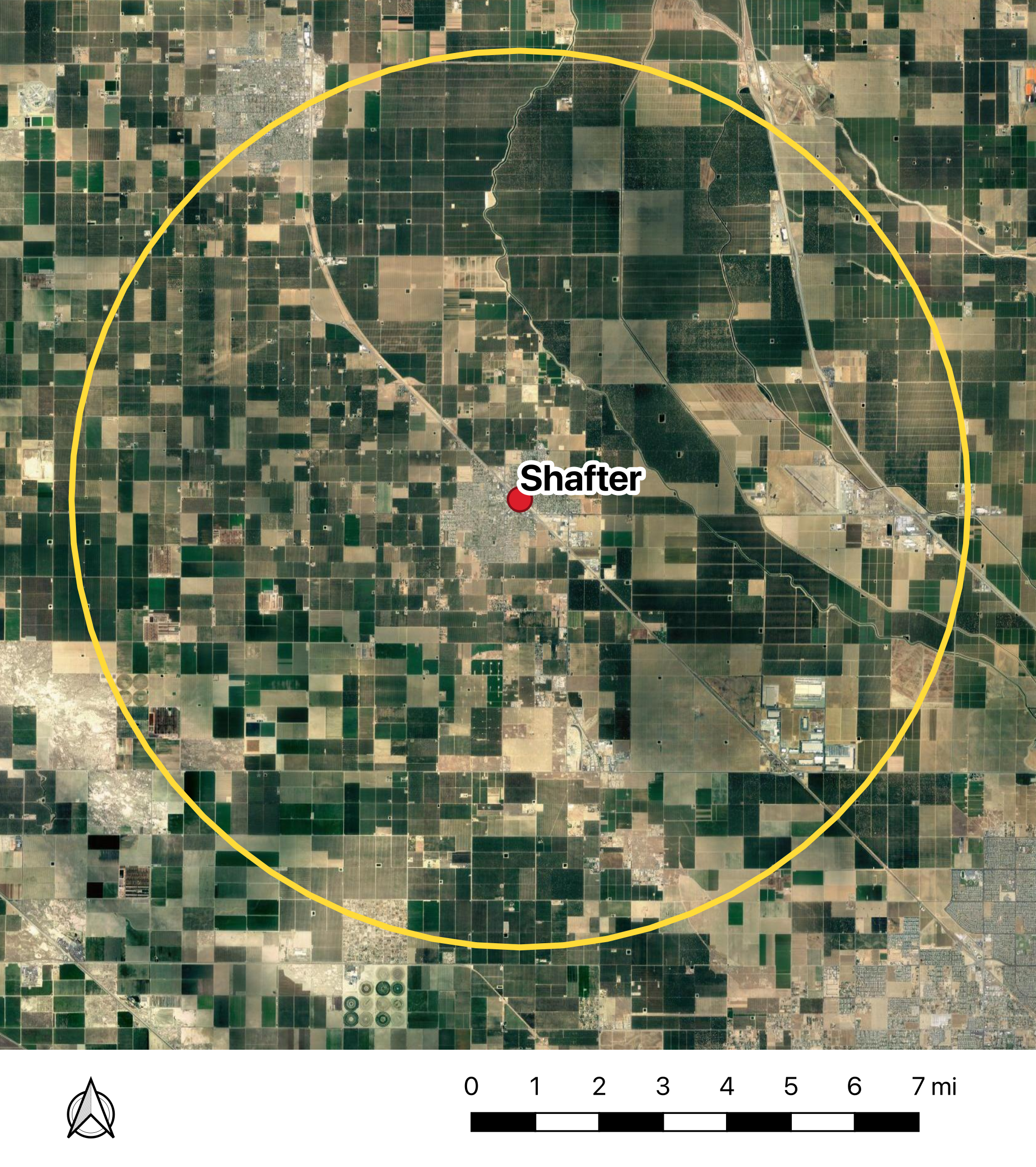Graduate Capstone Project: evaluating the policy debate over public pesticide notification in Kern County, CA
California residents should be protected from accidental exposure to pesticides from neighboring agricultural activities that cause adverse health effects. Three fumigants that are commonly used in agriculture (1,3-dichloropropene, chloropicrin, and methyl isothiocyanate) can easily disperse and expose individuals miles from the pesticide application site. California Department of Pesticide Regulation (DPR) has ordered the Kern County Department of Agriculture to publicly notify residents in advance of any application of these fumigants within seven miles of the city of Shafter. However, the Kern County Agricultural Commissioner has refused to comply with the order resulting in a standoff between the two sides while the health of California residents remains at risk.
The purpose of my capstone was to advocate for a solution in letters and a public op-ed. To make informed suggestions I read and analyzed the positions of individuals and groups on all sides of this issue, sought comments from stakeholders, and then weighed possible paths forward. The notification system proposed by the Agricultural Commissioner involves door hanger notices on nearby residences, but only within 200 feet—fumigants can travel much farther in the air. DPR wants to post notices of intent (technical documents submitted by growers) online to inform the public of upcoming fumigations, but the Agricultural Commissioner is worried about abuse of the information. His worries are valid but addressable by policy and/or accords with activists. Moving forward with the pilot project in Shafter could allow DPR to iron out the details of an effective public notification system before launching a statewide system. Transparency in government has inherent value, and therefore data used to make policy decisions should be public by default. The potential harm from disclosing fumigant application information does not clearly outweigh the benefits.
It appears that California will get a statewide pesticide notification system at some point regardless of what happens in Shafter. DPR has indicated that they are “in the beginning stages of a rule-making process that could begin gathering public input this summer.” DPR is continuing to work toward a solution for Shafter as well. My conclusion was simple: the Shafter steering committee requested a local notification system and they should get one.
 A map showing a 7-mile radius around the city of Shafter, where the proposed pesticide public notification system would be implemented.
A map showing a 7-mile radius around the city of Shafter, where the proposed pesticide public notification system would be implemented.